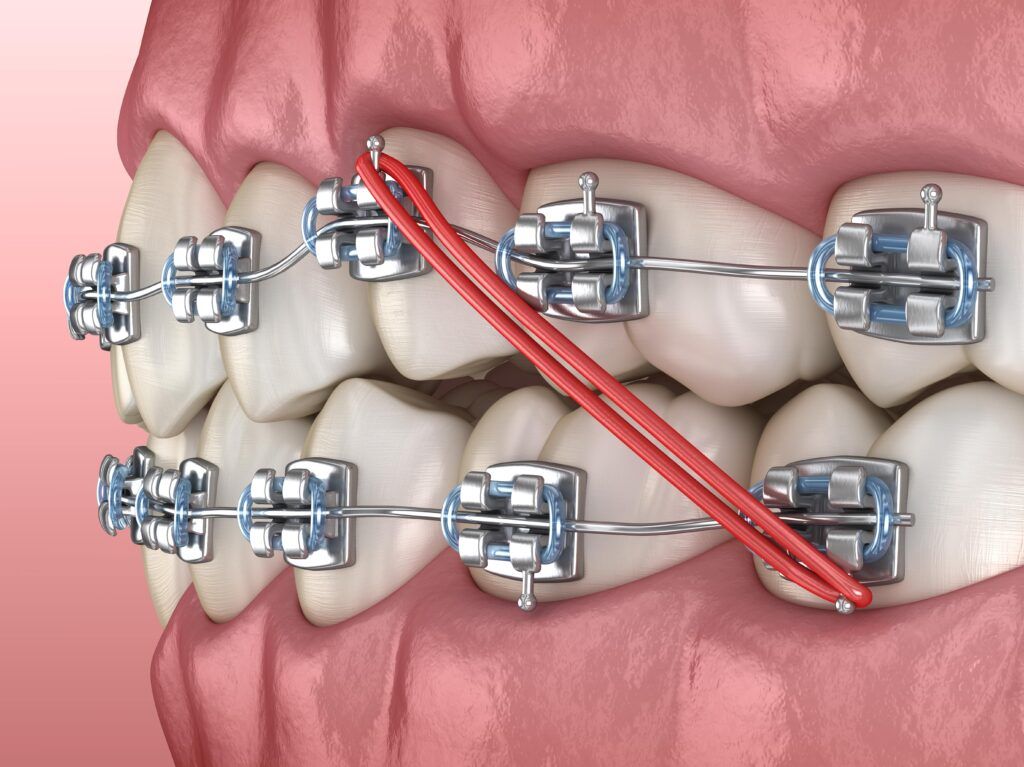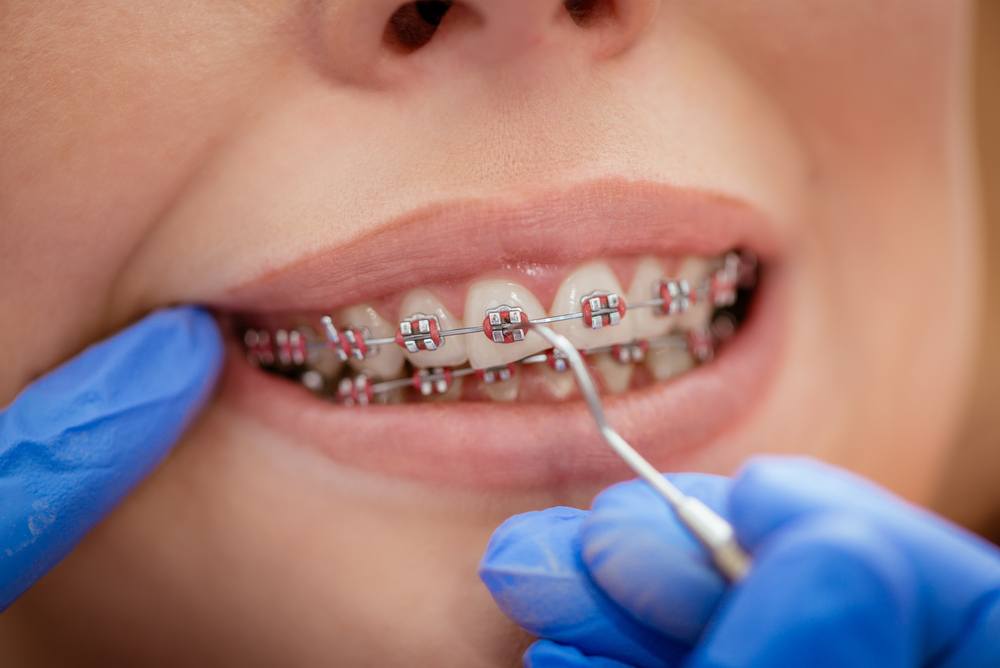What Establishes Cumming Braces and Aligners Aside From Various Other Orthodontic Treatments
Wiki Article
Comprehensive Overview to Orthodontics Procedures for Dealing With Oral Imbalances
In the world of orthodontics, the journey to attaining a flawlessly straightened smile involves a myriad of treatments customized to correct dental imbalances. From conventional braces to invisible aligners and even medical alternatives, the area of orthodontics uses a variety of options to address differing levels of dental abnormalities. Comprehending the details of each treatment, including their mechanisms, benefits, and prospective disadvantages, is critical in making educated choices concerning one's orthodontic treatment. As we browse via the extensive overview to orthodontic procedures for remedying oral imbalances, the complex information of each method will unravel, clarifying the course toward a harmonious and useful dental positioning.Orthodontic Procedures Introduction

Along with standard dental braces and clear aligners, orthodontists might also advise other interventions like headwear, palatal expanders, or retainers to resolve particular positioning issues (orthodontics). These procedures are customized to every person's distinct needs and may include a combination of treatments to attain the preferred results. Regular modifications and monitoring are essential components of orthodontic therapy to make sure progress gets on track and to make any required adjustments along the road. By undertaking orthodontic procedures, clients can not just accomplish a straighter smile yet also enhance their overall oral health and function.
Traditional Dental Braces: How They Work
When thinking about orthodontic therapies for oral imbalances, standard dental braces stand out as a tried and true approach for fixing teeth positioning. Traditional dental braces consist of braces, cords, and bands that work together to apply continual stress on the teeth, gradually moving them right into the wanted placement.
As pressure is used to the teeth via the braces, the bone bordering the teeth is reshaped to sustain the new tooth settings. Clients will certainly need normal changes at the orthodontist's workplace to make sure the braces proceed to apply the correct pressure for effective teeth movement.
Unnoticeable Aligners: Benefits And Drawbacks
Unnoticeable aligners supply a hassle-free and discreet alternative to typical braces for correcting oral misalignments. These clear, customized trays are practically unnoticeable when used, making them an appealing alternative for individuals seeking a much more visually pleasing orthodontic treatment. One of the main advantages of undetectable aligners is their removability, allowing for simpler upkeep of dental health contrasted to traditional braces. People can get rid of the aligners prior to consuming or brushing their teeth, lowering the risk of food obtaining stuck in the home appliance and streamlining the cleansing procedure.
Surgical Orthodontic Options
Surgical treatments in orthodontics present feasible alternatives for dealing with complicated dental misalignments that may not be effectively settled via conventional orthodontic treatments. While typical braces and invisible aligners can fix many orthodontic problems, specific situations need surgical intervention to achieve optimum outcomes. Surgical orthodontic options are generally suggested for serious malocclusions, substantial jaw inconsistencies, and cases where the underlying bone structure needs modification to accomplish proper positioning.One usual surgical orthodontic treatment is orthognathic surgical procedure, which involves repositioning the jaws to remedy useful problems such as trouble eating or talking. This surgery is typically performed in collaboration with an orthodontist who aids straighten the teeth from this source before and after the treatment. Surgical orthodontics might also include treatments to expose impacted teeth, remove excess gum cells, or reshape the jawbone to develop a much more unified face profile.
Prior to thinking about medical orthodontic options, individuals undertake a detailed evaluation to establish the need and possible benefits of such interventions. cumming braces. While surgery might seem difficult, it can dramatically enhance both the feature and aesthetics of the smile in instances where traditional orthodontic treatments drop short
Retainers and Post-Treatment Care

Failing to comply with post-treatment treatment guidelines can result in relapse, where the teeth gradually relocate back in the direction of their original placements. Consistent retainer wear, good dental hygiene, and routine dental exams are necessary for maintaining the outcomes accomplished with orthodontic surgical treatment and making certain the lasting stability of the corrected dental positioning.
Conclusion
In final thought, orthodontic treatments use numerous choices for dealing with oral misalignments. Typical braces utilize metal brackets and wires to move teeth into appropriate alignment. Invisible aligners provide an even more very discreet choice yet might not appropriate for all instances. Surgical orthodontic options are readily available for more severe misalignments. Retainers are generally made use of post-treatment to maintain the brand-new alignment. Overall, orthodontic treatments can effectively improve oral health and visual appearance.As we browse through the comprehensive overview to orthodontic treatments for fixing oral misalignments, the elaborate details of each method will certainly unfold, dental places around me dropping light on the path towards look here a harmonious and useful oral alignment. - cumming aligners
One of the most typical orthodontic therapies is the usage of braces, which are composed of metal brackets and cables that use mild stress to slowly shift teeth into the preferred placement.When taking into consideration orthodontic treatments for dental misalignments, standard dental braces stand out as a tried and true technique for dealing with teeth positioning. In addition, unseen aligners might not be ideal for intricate orthodontic issues that require more considerable teeth movement, as they are generally advised for light to modest cases. Retainers are customized orthodontic tools created to hold teeth in their remedied settings after the completion of orthodontic treatment.
Report this wiki page